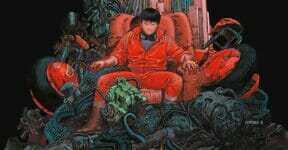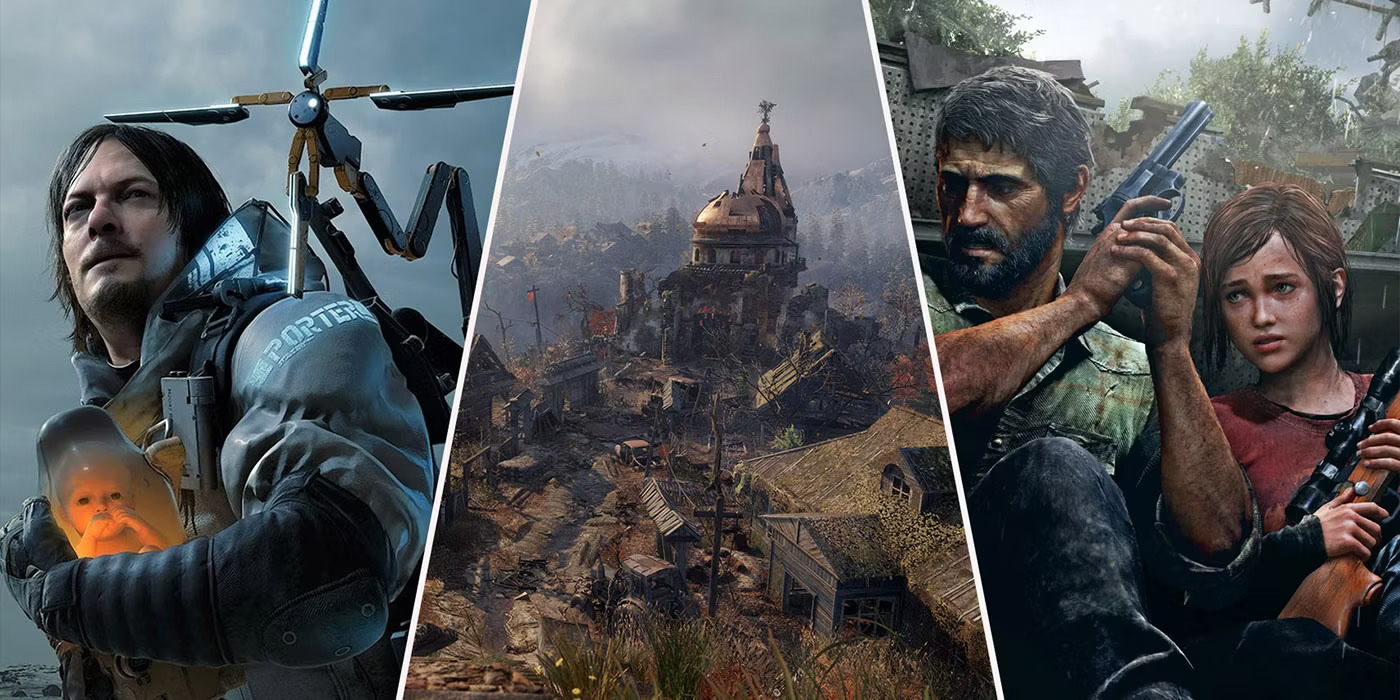Post-apocalyptic is a high-selling subgenre of science fiction. As the name suggests, it is about time after the end of everything, but there are still few people left to share their stories before the Earth transforms into a total wasteland devoid of life. Sometimes there is barely any mention of what kind of disaster brings about such a dismal proposition; all you need to know is that a large-scale calamity has struck, and the world today is no longer conducive to habitation. Case in point: Into the Forest, a novel by Jean Alma Hegland.
Plot Summary
Released in 1996, Into the Forest is a dystopian story of the not-so-distant future where the collapse of human civilization has forced a family to live in remote a cabin deep in a woodland about 30 miles away outside of Redwood City in Northern California. There is a war elsewhere killing the population; those who survive the war are likely infected by lethal viruses. Soon enough, there are just not enough people to run and maintain food factories, gas stations, electricity, TV stations, and all sorts of modern amenities.

The family originally comprised the father, mother, and two daughters. The mother died of cancer, whereas the father was killed in a wood-chopping accident but not before he had taught his daughters, Nell and Eva, to get familiar with basic survival skills like food preservation and gardening. Now that there is no one to take care of them, the girls have to fend for themselves.
Into the Forest opens with Nell remembering the old Christmas days when their parents were still alive and well. She and her older sister Eva would open boxes of presents together, before having a family dinner and a simple nativity scene. Those were happy days in a time of plenty. Food, water, medicines, and technologies were never considered luxuries. Everything is markedly different in the present, however. Christmas is no time for celebration anymore; it is just another day to endure and survive.
From Nell’s journal entries, it is revealed that she is the more sensible and cautious of the two sisters. Eva is a bit more sophisticated and sensitive. Plans from the days gone by still linger in their minds. Nell remains determined to study hoping to gain admission to Harvard, while Eva keeps on practicing her ballet dance moves. Only now, the pursuit of interests and desire to fulfil their dreams must take place in between hunting animals and rationing food supply. The sisters are different but the bond is strong driven by the will to survive together.
When a boy named Eli comes to take them to a supposedly better and more resourceful Boston, the sisters have much to think about before deciding. Nell, who has long had a crush on Eli, wants to go but Eva still has her doubts. Eli tells them that Boston is pretty much normal unlike present-day Redwood, which has turned into a ghost town. Other than Eli, there will be a group of townspeople willing to take the cross-country trip all the way to the East. Nell feels inclined to join but she cannot abandon Eva and stays.

Before long since the decision, the sisters’ situations grow from miserable to outright bleak. A stranger makes an unwelcome visit and attacks Eva, raping her and sending her into desperation. There is little Nell can do about it except to provide support and continue caring for her sister. Nell learns to use a hunting rifle and does better gardening. The gardening part actually helps bring back Eva’s will to live. Her appetite slowly returns and so does the strength to resume routine survival chores in and around the cabin.
Just as Eva’s mind and body begin to heal from the soul-shattering ordeal, she comes to realize she is pregnant. Trying to peek at the bright side of the situation, Eva decides to keep the baby and will take care of the child as a sign of hope that good things can still come out of the most horrifying circumstances. Nell has no problem at all with such a perspective.
As weeks and months go by, they learn that the baby one day will be a living human being who deserves a chance to survive in the world. The child, once born, is entitled to inalienable rights. The sisters know the child will enter a world that is starkly different from what it once was. Coming to terms with such a plight, Nell and Eva understand it is now time to stop hoping for things to return to normal and prepare for welcoming the child into the new reality. When a baby boy is born, the sisters name him Robert.
It doesn’t take long before the sisters sense another danger. They see a stranger’s footprints around the cabin and quickly assume someone has been watching them. Taking no chances, the girls grab anything they can carry and burn the cabin down before moving deeper into the forest with Robert.
We think Into the Forest is a page-turner. Although the apocalypse and the downfall of human civilization are never explicitly mentioned, at no point throughout the story the reader should stop to wonder about them at all. It is easy to get drowned in the sisters’ circumstances, both the ordeal and every little happy moment that have together. Placing the key to survival on sisterhood and knowledge about nature is quite an authentic take on a post-apocalyptic tragedy, too.
Have you read Into the Forest? What do you think is the apocalypse in the story? We’d love to hear from you.
Other things you might want to know:
List of Jean Alma Hegland’s novels:
- Into the Forest (1997)
- Windfalls (2004)
- Still Time (2015)
Has it been adapted into a film/TV series?
The 2015 Canadian independent drama film Into the Forest is based on the novel. Elliot Page plays Nell, and Evan Rachel Wood portrays Eva.
Is the film any good?
Into the Forest received an average rating of 6.8 out of 10 on Rotten Tomatoes. On Metacritic, it scored 59 out of 100 (based on only 18 reviews). It is not the most captivating drama out there, but it is entirely worth watching whether or not you have read the book.
Check out other articles by month:







